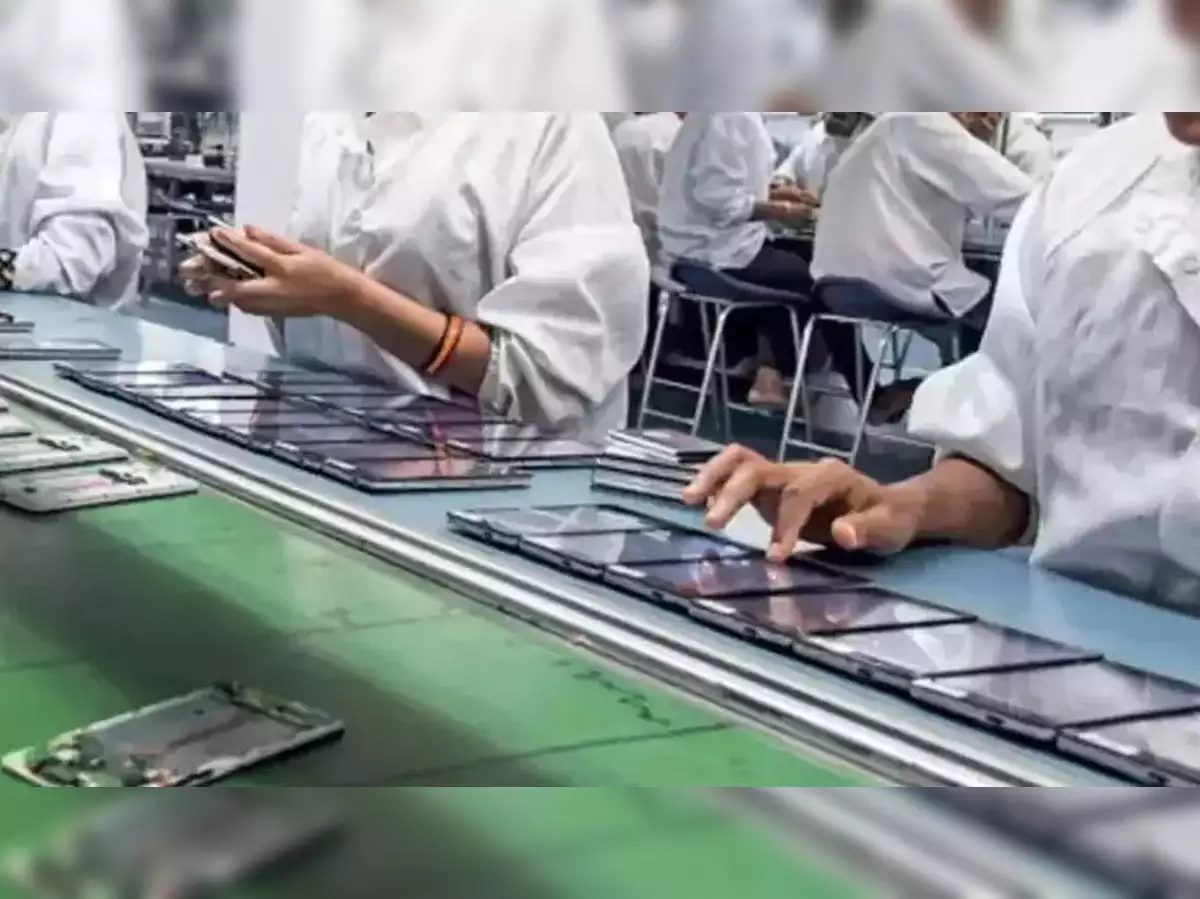India’s Push for Local Electronics Manufacturing

India’s government is taking significant steps to boost local manufacturing of electronic components, particularly for smartphones. The Ministry of Electronics and IT is considering new subsidies and tariff reductions to support this initiative. This move aims to enhance the country’s manufacturing capabilities and reduce reliance on imports, especially from China. Companies like Apple Inc. are at the forefront of this effort, as India seeks to establish itself as a global manufacturing hub for electronics.
Proposed Subsidies for Component Manufacturers
The Indian government is contemplating a substantial financial package to support manufacturers of electronic components. Reports indicate that the Ministry of Electronics and IT has proposed a subsidy of at least 230 billion rupees, equivalent to approximately $2.7 billion. This funding would target manufacturers producing essential components such as batteries, camera parts, microprocessors, and multi-layered printed circuit boards.
The goal of these subsidies is to incentivize local production and reduce the costs associated with manufacturing. By providing financial support, the government hopes to attract more companies to set up operations in India. This initiative aligns with Prime Minister Narendra Modi’s broader strategy to make India a global manufacturing hub. If approved, the details of this subsidy plan may be unveiled in the upcoming budget announcement scheduled for February.
Experts believe that these subsidies could significantly impact the electronics sector. Madhavi Arora, a lead economist at Emkay Global Financial Services, noted that while the benefits may take time to materialize, they are crucial for integrating India into global value chains. The earlier subsidies have already established efficiencies in the sector, and this new initiative aims to build on that foundation.
Reducing Tariffs to Lower Production Costs
In addition to subsidies, the Indian government is also considering reducing tariffs on certain electronic components. Currently, tariffs on these components range from zero to 20 percent, which is higher than those in competing countries like China and Malaysia. By lowering these tariffs, the government aims to decrease production costs for manufacturers, making it more attractive for companies to produce components locally.
The reduction in tariffs is a response to industry demands and is seen as a necessary step to enhance competitiveness. Lower tariffs would allow manufacturers to source components at a reduced cost, ultimately benefiting consumers through lower prices for electronic products. This move is particularly important as India faces stiff competition from countries like Vietnam, which are also vying to attract foreign businesses looking to diversify their supply chains.
Government think-tank Niti Aayog has previously recommended rationalizing tariffs and providing fiscal incentives to bolster electronic component production in India. By aligning its tariff structure with global standards, India can create a more favorable environment for manufacturers and encourage foreign investment in the sector.
Building a Robust Supply Chain for Smartphones
India’s efforts to boost local manufacturing are not just about subsidies and tariffs; they also focus on creating a comprehensive supply chain for smartphone production. Currently, a significant portion of the components used in smartphones is imported from countries like China. This reliance on imports poses risks, especially in times of geopolitical tensions or supply chain disruptions.
By fostering local production of key components, India aims to reduce its dependency on foreign suppliers. This strategy is crucial for companies like Apple, which have already begun to ramp up their manufacturing operations in India. The government’s initiatives are designed to create a more self-sufficient ecosystem for smartphone makers, allowing them to source components locally and streamline their production processes.
The proposed subsidies will target various components critical to smartphone manufacturing, including lithium-ion cells and camera lenses. By incentivizing local production of these components, the government hopes to attract more manufacturers to India, ultimately leading to job creation and economic growth. As the country positions itself as a manufacturing hub, the focus on building a robust supply chain will be essential for long-term success.
Observer Voice is the one stop site for National, International news, Sports, Editor’s Choice, Art/culture contents, Quotes and much more. We also cover historical contents. Historical contents includes World History, Indian History, and what happened today. The website also covers Entertainment across the India and World.

